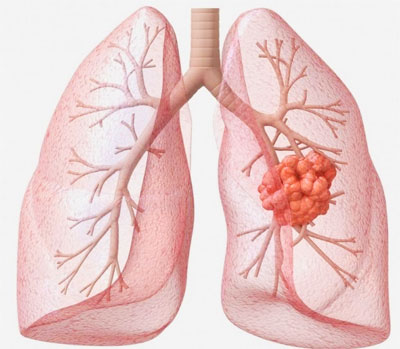Light on Bladder Cancer: Better Detection, Better Treatment
It is estimated that about 123,000 people are diagnosed with bladder cancer in the European Union each year, while nearly 73,000 people receive this diagnosis in the United States. Over 500,000 patients in the United States are classified as bladder cancer survivors. One of the major challenges posed by this disease is its high relapse rate: About eight out of every ten cases will recur within five years. Thus, being a survivor means having to endure a great deal of anxiety as well as the need for frequent monitoring and treatment.
For decades, the primary tool for diagnosing bladder cancer has been cystoscopy, which involves passing an endoscope through the urethra in order to assess the interior of the bladder. The scope can then be used to guide the surgery itself using what’s called transurethral resection. However, a major limitation with standard “white light” cystoscopy is that it tends to miss about one out of every four tumors due to the inconspicuous flat form and small size of those tumors, as reported in the May 2014 issue of Current Urology Reports.
This fact obviously has profound implications for the long-term success of treating this disease. The emerging solution to this problem could well be photodynamic diagnosis (PDD or photodiagnosis). PDD entails the use of a photosensitizer that’s instilled into the bladder and selectively accumulates in abnormal or malignant tissue. Upon exposure to blue light, the malignant tissue fluoresces, emitting a red color, while normal tissue appears blue. This particular PDD method, known as fluorescence cystoscopy or blue light cystoscopy (blue-light PDD) enables the physician to actually “see” the cancer, resulting in more effective treatment.
A number of studies have indicated that blue-light PDD greatly improves the detection rates for inconspicuous bladder tumors, many of which would be missed by standard white-light cystoscopy. With blue-light PDD, it is estimated that 20% more patients will receive appropriate treatment, such as standard immunotherapy with bacillus Calmette-Guérin, or BCG.
Implications for Reducing Relapses
This could help explain why most studies to date have found significantly lower recurrence rates, longer time to recurrence, and better relapse-free survival in bladder cancer patients who undergo blue-light PDD compared to the standard white-light approach, as reviewed in the February 2014 issue of Therapeutic Advances in Urology.
Another study found that a desktop-based fluorescence technique was able to detect low-grade and low-stage bladder cancer cells at higher rates (up to 80% sensitivity) when compared to conventional urine testing and other standard procedures (8-20% sensitivity). This seminal research was reported in the 6 March 2014 issue of Cancer Science.
The PDD approach with the best-studied efficacy seems to involve the photosensitizer called hexaminolevulinate (HAL), which is derived from the another light-sensitizing agent called 5-aminolevulinic acid, or 5-ALA. In several controlled clinical trials, HAL-based blue-light PDD in addition to white light cystoscopy was associated with much lower tumor recurrence rates compared with the white light cystoscopy alone, according to a review published in the February 2014 issue of Molecular Diagnosis & Therapy.
It is because of such impressive data that the European Association of Urology decided to include the use of PDD it its 2013 guidelines for diagnosing and treating bladder cancer.
Support us by buying our book, The Medicine of Light, and ebooks from our Photoimmune Discoveries eBook Series.
Sources
Lopez A1, Liao JC. Emerging endoscopic imaging technologies for bladder cancer detection. Curr Urol Rep. 2014 May;15(5):406. doi: 10.1007/s11934-014-0406-5.
Oude Elferink P1, Witjes JA2. Blue-light cystoscopy in the evaluation of non-muscle-invasive bladder cancer. Ther Adv Urol. 2014 Feb;6(1):25-33.
Yang LP. Hexaminolevulinate blue light cystoscopy: a review of its use in the diagnosis of bladder cancer. Mol Diagn Ther. 2014 Feb;18(1):105-16.
Miyake M1, Nakai Y, Anai S, Tatsumi Y, Kuwada M, Onishi S, Chihara Y, Tanaka N, Hirao Y, Fujimoto K. Diagnostic approach for cancer cells in urine sediments by 5-aminolevulinic acid-based photodynamic detection in bladder cancer. Cancer Sci. 2014 Mar 6. [Epub ahead of print]
© Copyright 2014, Photoimmune Discoveries, BV





 English
English Français
Français Deutsch
Deutsch Nederlands
Nederlands